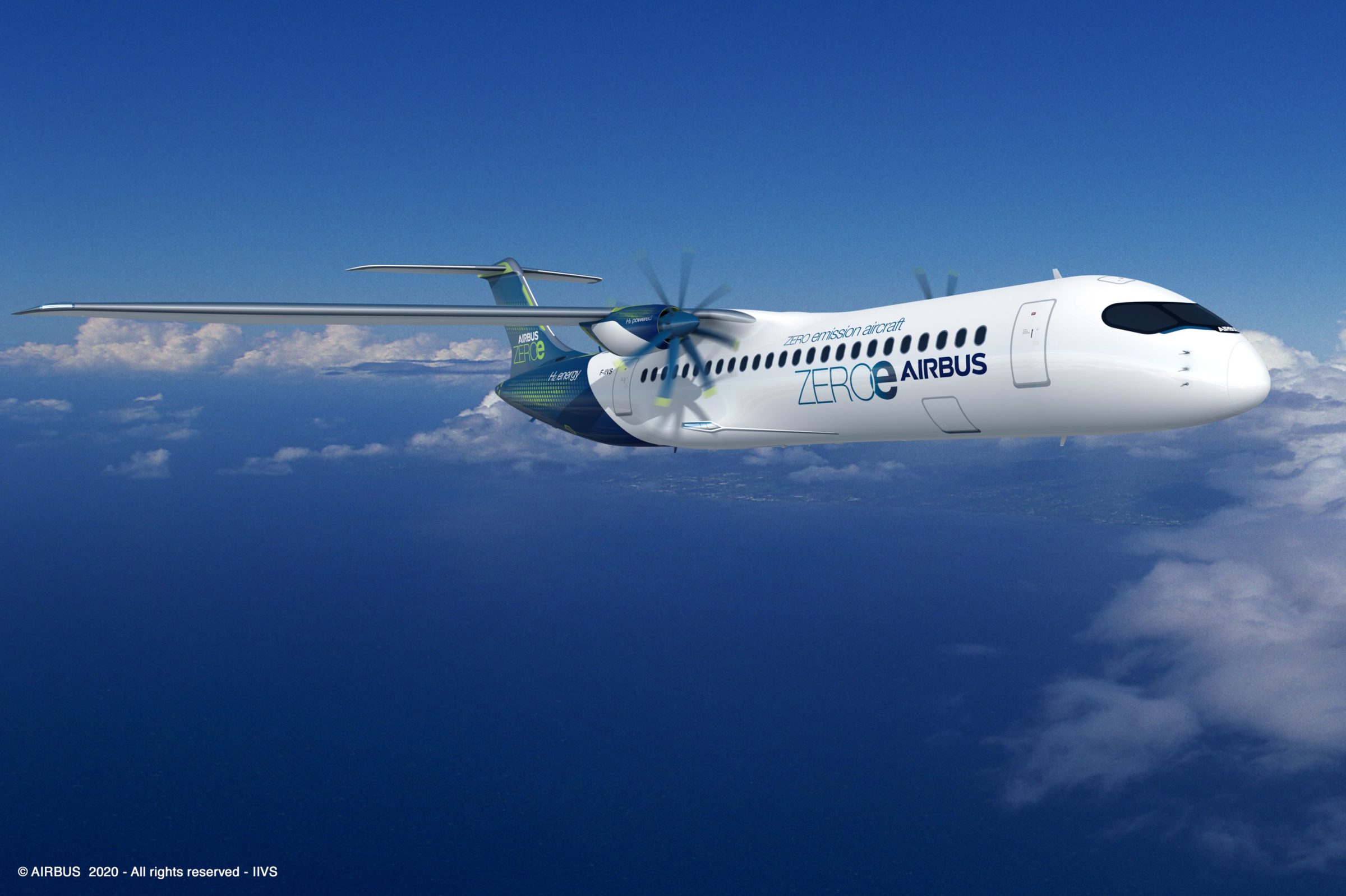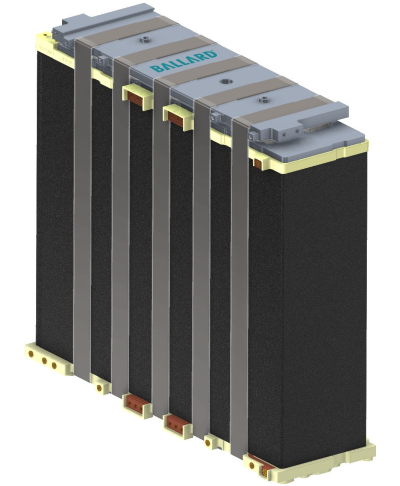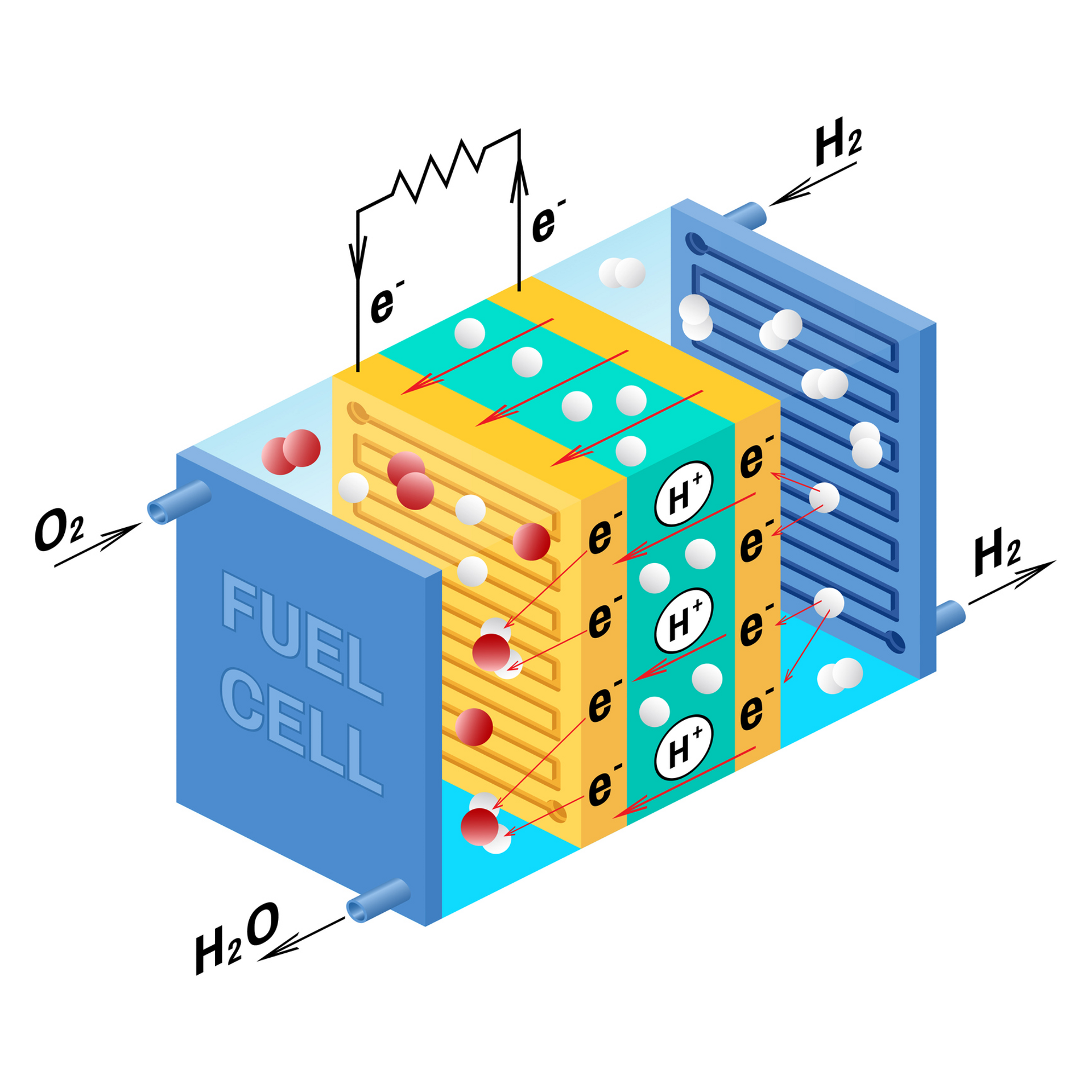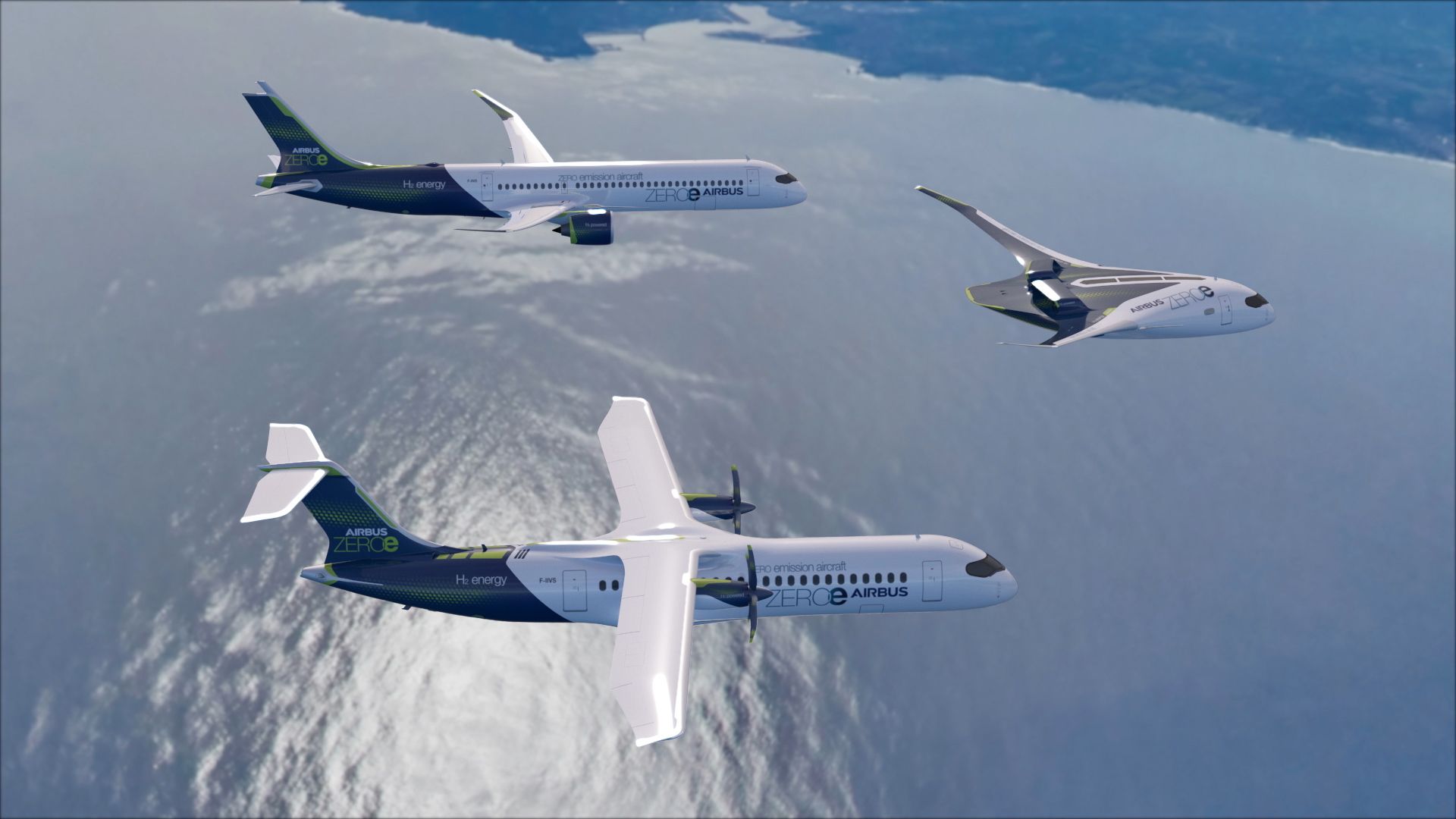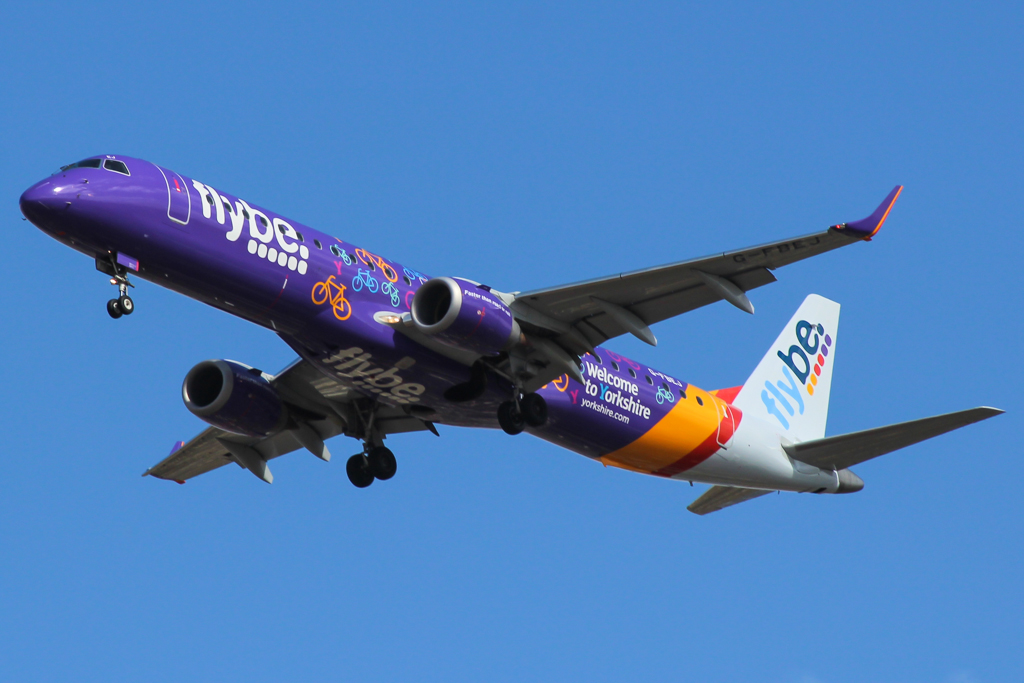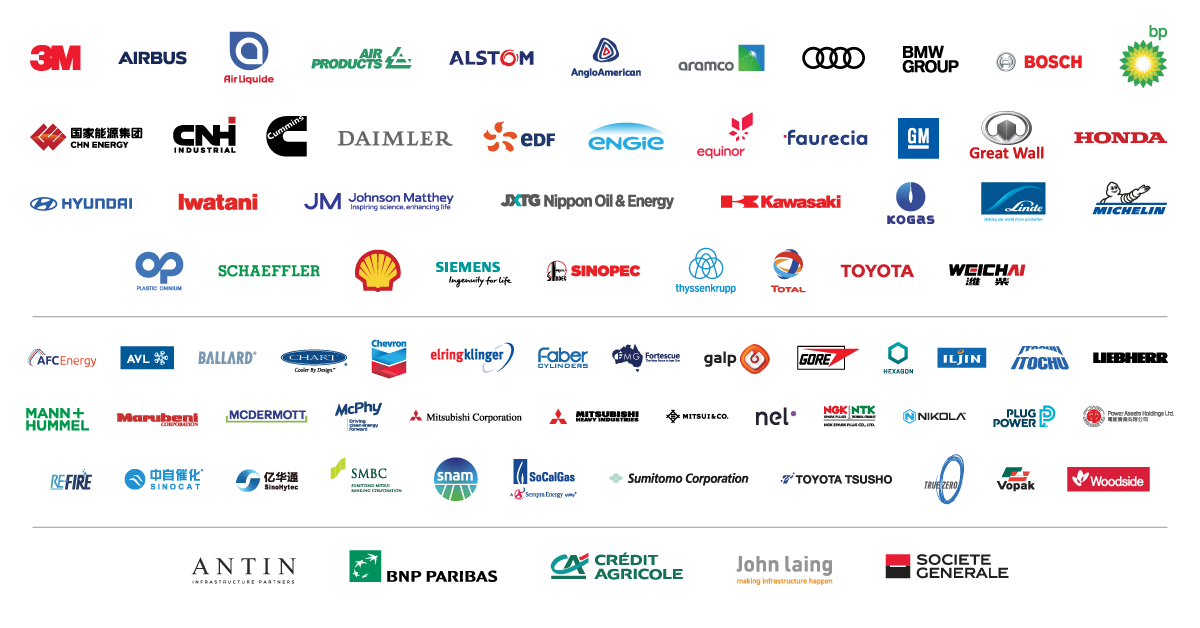Leeham News and Analysis
There's more to real news than a news release.
Bjorn’s Corner: The challenges of airliner development. Part 6. Adding seats.
June 04, 2021, ©. Leeham News: Last week, we examined operating and product certification rules related to 9-seater air taxis and commuters. We took the example of the new Tecnam P2012 Traveller to study the certification rules for a 9-seater. Now we upsize the aircraft to understand the pros and cons of adding extra seats.
Bjorn’s Corner: The challenges of hydrogen. Part 32. Wrap-up: Going forward
April 9, 2021, ©. Leeham News: Last week we made a summary of the history of initiatives for sustainable aviation, now we look at the likely developments over the next 10 years.
What is the likely development for different classes of airliners and what technologies will be popular?
Bjorn’s Corner: The challenges of hydrogen. Part 30. Integrated nacelles.
March 26, 2021, ©. Leeham News: This week, we look at combining the propulsion and hydrogen tank in an integrated nacelle as Airbus proposes in Figure 1.
Airbus calls it its “pod” solution. What are the advantages, and what challenges does it present?
Bjorn’s Corner: The challenges of hydrogen. Part 27. Fuel cell APU gains
March 5, 2021, ©. Leeham News: We have discussed different auxiliary power generation principles for a hydrogen aircraft over the last weeks. We found a fuel cell auxiliary power system has many attractions, one being the possibility of making an elegant more-electric aircraft system architecture.
With or without such an architecture, the fuel cell alternative will save hydrogen consumption and cost compared to a hydrogen-converted APU alternative. What’s the value of the saving?
Bjorn’s Corner: The challenges of hydrogen. Part 24. Propulsion choice
February 12, 2021, ©. Leeham News: After covering the basics of fuel cells last week in our hydrogen airliner series, we now look at what type of system to choose for aircraft propulsion and onboard systems power.
We analyze the propulsion side this week.
Bjorn’s Corner: The challenges of hydrogen. Part 23. Hydrogen fuel cells
February 5, 2021, ©. Leeham News: Last week, we started the discussion around fuel cells as a source of electric energy in airliners. We went through the principle and asked some vital questions.
Now we look at different types of fuel cells and for what applications these are suited.
Bjorn’s Corner: The challenges of hydrogen. Part 22. Hydrogen fuel cells
January 29, 2021, ©. Leeham News: Over the last weeks, we looked at Center of Gravity (CG) problems with rear fuselage liquid hydrogen tanks as used in Airbus’ ZEROe turbofan airliner concept. We can conclude that the CG shift is manageable for a short-range aircraft (range below 2,000nm).
Now we spend the next Corners diving into hydrogen fuel cell technology and how it can benefit a hydrogen-fueled airliner.
Bjorn’s Corner: The challenges of Hydrogen. Part 10. Airbus’ Hydrogen ZEROe concepts
September 25, 2020, ©. Leeham News: In our series on Hydrogen as an energy store for airliners, we look at the three hydrogen-based concept aircraft Airbus presented this week.
They are called ZEROe and are concepts and not products, but their design tells us a lot about where Airbus is with its studies and how the hydrogen demonstrator aircraft might look like come 2026-2028.
Bjorn’s Corner: The challenges of Hydrogen. Part 2. Ecosystem.
July 31, 2020, ©. Leeham News: In our series on Hydrogen as an energy store for airliner use we begin by looking at the needed ecosystem that can produce and distribute Hydrogen.
When I was skeptical about hydrogen as a means to propel our airliners three years ago, the main problem was the lack of this ecosystem. That year, in 2017, 13 transport and energy companies formed the Hydrogen Council, to create this ecosystem. Today the council has 81 members, with 22 joining in the last year, Figure 1. The list reads as Who’s Who in the transport and energy sector.




